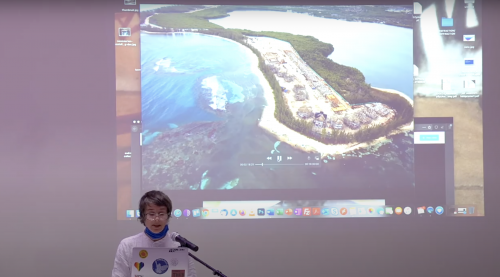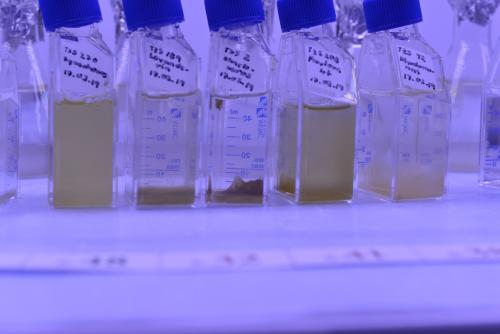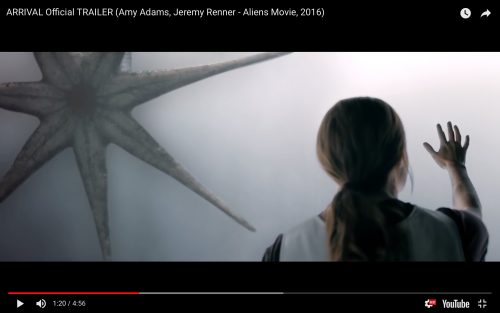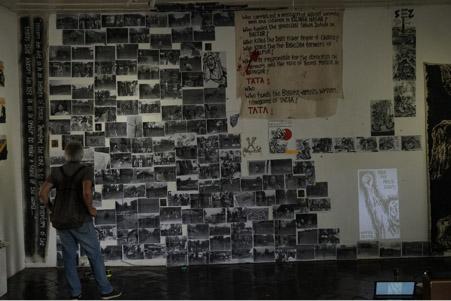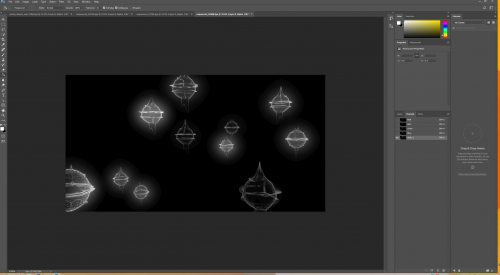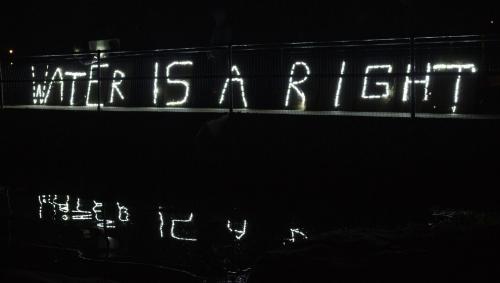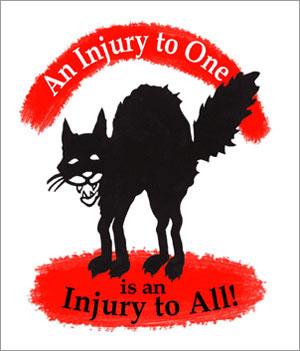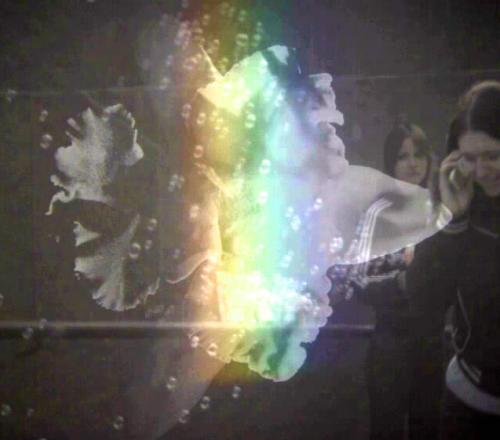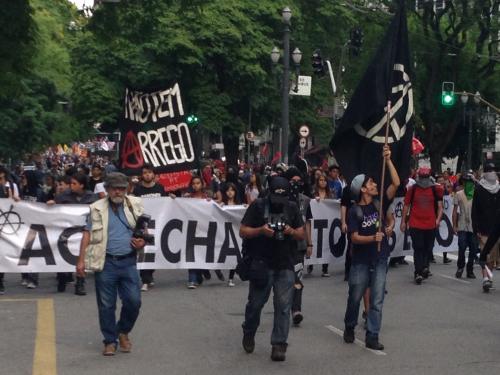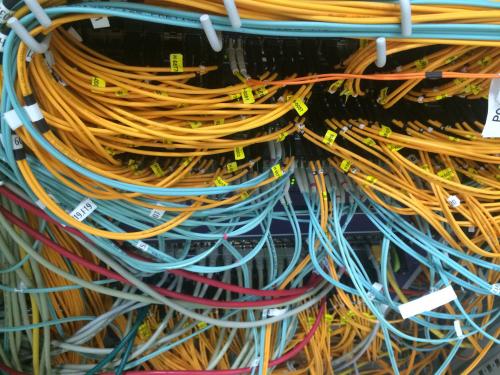A Conversation
between Eddie Esmail and Susanne M. Winterling
(and an audience)
before the screening of F. Wiseman's film "Berkeley"
SMW: The form of a dialogue: art as conversation. Is it possible to not always have a dominant voice in the room? And is this dominance maybe a root of systemic and structural violence? Lets try to have a more voiced and non-binary dialogue.
After I did a talk about art and activism last Friday noticing how people reacted to shifting the attention from an art project to structures of violence while focusing on means of understanding resistance, it is interesting to have a conversation now with you as someone who like me is connected and involved in these structures – in an existential way and with a blueprint of life. Let me introduce you first as an activist and architect. Art is parasitic to a lot of other fields but especially to architecture, in a very materialist but also metaphorical sense. So to choose you as my conversation partner is rooted in you being trained in and practicing architecture, which is interesting in pattern recognition and thinking of activism as something that is building structures for human rights and its respect. But also because we practiced the art of conversation on the occasion of last New Years Eve. As friends somehow stranded we ended up debating and finding shared rage and anger about the political situation we live in. Maybe you can say a bit about that?
EE: Yes, as Susanne said, on New Years Eve we started talking about many things triggered by a concrete situation: A joint 20-member team composed of agents from the Censorship Authority, the Taxation Authority, National Security Agency and the Ministry of Manpower raided Townhouse Gallery and Rawabet Theater in Cairo on December 28, 2015. As some of our friends were directly affected on site and concerned in Europe it was on our table too. We are part of an acting scene between places, situations and the communication channels, social media – and now we want to continue the conversation here with you: I am Eddie Esmail, 28 years old from Sudan. I am an architect and I work with an LGBT organization (http://www.skeivverden.no) where I am also board member. There I have recently been engaged especially in raising awareness to issues of racism in the gay scene. One initiative for example was called “Racism hidden in sexual preferences”.
The center and actual physical space where we work and meet is very important. It is a safe space: There most issues related to asylum, transgender, non-binary, have a space. We organize debates and talks about racism for people to voice themselves and have discussions on these topics. We have music groups and HIV aid, it’s like a safe place for people to meet.
SMW: The word safe is also something we wanted to focus on here. As we recognized that there are a lot of overlapping issues, where you find yourself in the same struggle in different patriarchal structures: All mark ways of violence and discrimination of class, race and gender. As with the incident in Cairo, one among many of course, we wanted to speak about what we can do and what we can't do and how limited this idea of activism is in the arts. Learning and respecting the difference as it’s another type of expression whether you are working with human rights or with gallery shows or museum presentations. Which in your case also has been overlapping recently, a talk with Mathias Danboldt and Lars Laumann in the Malmö Konstmuseum for example about the film you made together in comparison or contrast to the mess in Cairo and Sudan we talked about and that you address in your collaboration. Cairo as an example where the art space maybe formerly seen as safe space, involved in culture and theatre, turned into the focus of aggression and surveillance.
EE: Yes, the messages we got from Cairo reminded me of the last months I spend in Sudan: it was quite chaotic and strict, chasing lawyers, or journalists and artists. Not only stressful but also a sign of some more trouble to come. A sign of thread and crackdown of freedom of speech in general and thus structural. Egyptian Arts Non-Profit Townhouse was shut down by state censorship authority. The officials gave no reason for the raid, and had no warrants.
We are witnessing this happening to galleries and cafes, which were once safe spaces. It's quite sad what's going on in some countries. And what is happening on the political level overlaps, like layers of identity, race, gender or class. All of them interact together. When you are looking at things from an intersectional perspective, people will understand the situation better.
... beginning of a longer conversation to be published soon...
Eddie Esmail and Susanne M. Winterling were talking on a panel on the occassion of Stipendiatforum in Kunstnernes Hus, Oslo March 2016. The conversation marks a series of discussions between the two. Eddie Esmail is an architect and LGBT activist from Sudan living and working in Oslo. Recently he collaborated on the project “Season of migration to the north”.
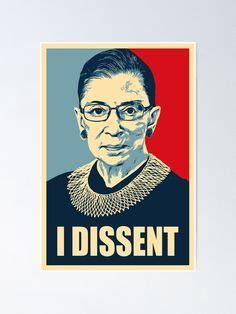
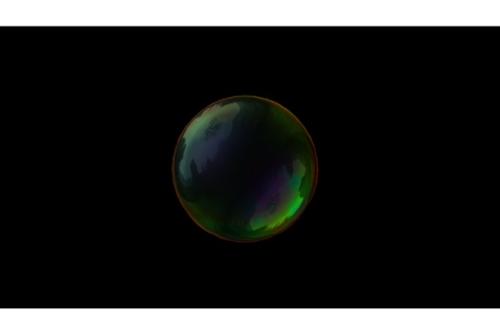

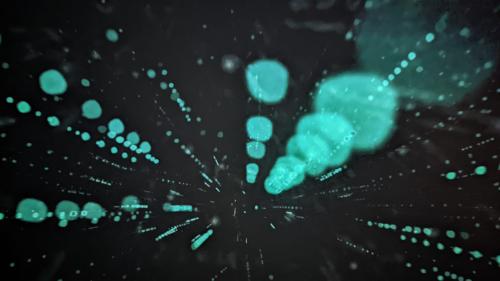
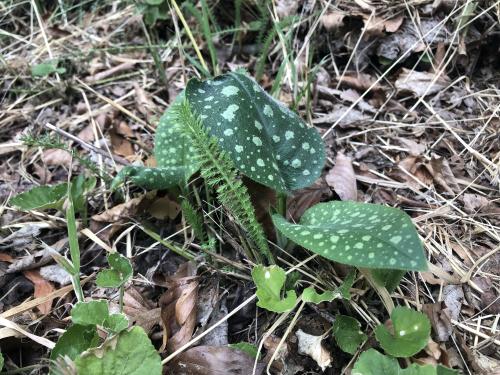
![Blackwash [working title]](/sites/default/files/styles/medium/public/56fe8ebf-7f16-4486-a251-6d85b1e906c3_4_5005_c.jpeg?itok=rIFeYRMo)
